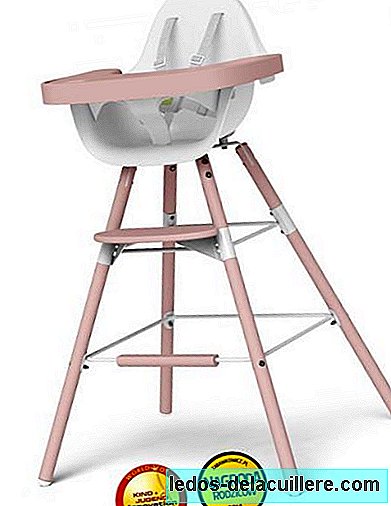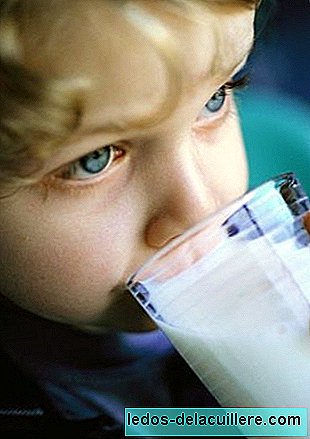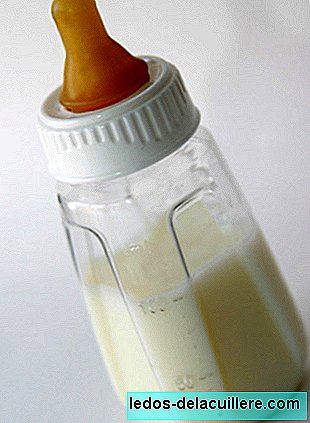
When a baby sucks the breast starts a complex machinery that stimulates the production of oxytocin in the woman's brain, which when entering the bloodstream activates the mammary glands to produce breast milk.
As if we were inside the mother's chest, thanks to this amazing video we can see how the mammary glands work by producing breast milk. You can clearly see the contraction of the alveoli, small structures responsible for producing breast milk.
Below we can see two videos made in a study published in Proceedings of the National Academy of Sciences of the United States of America performed with female mice that show the contraction of the alveoli in response to oxytocin.
In the first video you can see an overview, while in the second, more enlarged.
How breast milk is produced
Women normally have two compound mammary glands, one in each breast and each one consists, in turn, of between 10 to 12 simple glands full of alveoli (they represent 90% of the breast structure). These alveoli meet forming groups called lobes and each of these lobes has a lactiferous duct that drains into the holes in the nipple.
When the baby sucks stimulating the nipple produces, through a neuro-hormonal reflex (the pituitary gland is stimulated) the release of prolactin and oxytocin into the bloodstream.
When it reaches the breast, oxytocin causes the tiny muscles concentrated around the alveoli, which are full of milk, contract. Thus, milk is pushed into the milk ducts that transport it to the lactiferous sinuses located just below the areola.
Especially at the beginning of the shot it is usual to perceive the strong rise of milk, especially in the breast that the baby is not taking, and a visible stream of milk can even come out if the breast is bare. Mothers notice this ejection as a small stab or pressure.












